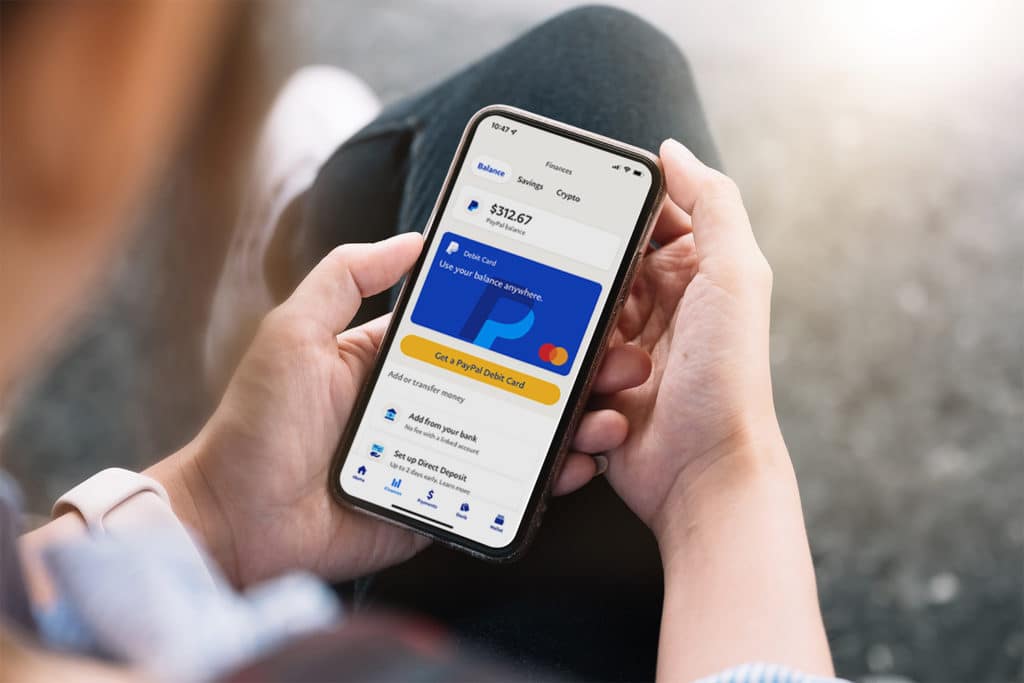Small businesses tend to process a wide range of transactions which can be difficult to record with 100% accuracy. Even the most meticulous accountant is bound to encounter discrepancies now and again. However, the bank reconciliation process exists to help prevent transactions from slipping through the cracks.
Regularly reconciling your bank records is crucial for any business’s success. This process gives you a true understanding of your cash position, helps manage cash flow, and allows you to quickly identify and correct any errors. By catching discrepancies early, you can make smarter financial decisions and support your business’s growth and stability.
Here are the basics of how it works and a step-by-step guide to performing one for your business.
What is bank reconciliation?
Bank reconciliation refers to the process of comparing your bank statement to your accounting records and ensuring they’re in alignment for the same time period. If you find any discrepancies, you investigate and work to reconcile both records with the actual financial activity.
The Benefits of Regular Bank Reconciliations
Performing regular bank reconciliations offers numerous advantages for maintaining the accuracy and health of your financial records. First and foremost, reconciliations provide a complete and precise understanding of your business’s financial position, enabling you to gain valuable insights into your cash flow. This practice helps ensure that you know exactly how much cash you have on hand, which can reduce the likelihood of bounced checks or failed payments.
Additionally, bank reconciliations allow you to spot and correct discrepancies early, helping to prevent fraud, theft, and errors from growing into bigger problems. By regularly comparing your bank statements with your accounting records, you’ll be able to catch issues early.
Accurate financial records are also essential for tax filings, shareholder updates, and loan applications. Timely reconciliations ensure that your books are up-to-date and ready for any reviews by the IRS, lenders, or investors. By maintaining a consistent and accurate reconciliation process, you can foster confidence with your stakeholders—whether they be vendors, customers, or shareholders.
Step-by-step guide to bank reconciliation
Now that you know the basics of what bank reconciliation is and why it’s important, here’s a closer look at how to perform one yourself.
1. Choose a review period
While it’s a good idea to check your transaction history daily for red flags, you’ll want to identify periods to formally review your banking activity. For example, if you want to perform quarterly reviews and it’s April 1st, you’ll review records from January 1st to March 31st. On the other hand, if you want to start performing monthly reconciliations, you could do so on the 1st of each month for the previous month.
Reconciliation frequency depends on your business’s transaction volume. At least once a month is ideal, especially if you handle bookkeeping yourself. For smaller businesses, monthly or weekly reconciliations may suffice, while larger companies with more transactions, like restaurants or retail stores, might need daily reconciliations.
2. Get the records you need
Next, pull up your bank statement(s) and accounting record(s) for the chosen review period. Bank statements can often be requested online or at a branch while accounting records can be pulled from your accounting software provider or recordkeeping files. With Lili, you can log onto the app to see all your records in one place.
3. Review your bank transactions
Once you have the records you need, review the transactions on your bank statement line by line. Check to see if each transaction is included in your accounting record. For most business owners, the balances often don’t match owing to slight discrepancies like unrecorded charges or deposits, outstanding checks, and more. If anything is missing or incorrect, take note of the transaction details.
4. Review the entries in your books
After you finish verifying the transactions on your bank statement, switch to your accounting record. Once again, review the entries line by line to see if every record in your books is also on your bank statement. If any are missing, take note of the transaction details. Using accounting tools that connect directly to your business banking can help streamline this process by automatically syncing your data.
5. Investigate and correct any discrepancies
If you finish reviewing both documents and your books match your bank statement perfectly, you’re done! If not, you’ll need to investigate the reasons behind the discrepancies. For example, here are some common causes:
- Missing accounting records: An incoming or outgoing payment wasn’t recorded on your books.
- Incorrect accounting records: An entry on your books was recorded incorrectly, such as adding the wrong dollar amount for a payment.
- Deposits in transit: A deposit is in transit so appears on your books but not on your bank statement yet.
- Outstanding checks: A check has been sent and the expense was added to your books but the money hasn’t been pulled from your account yet.
- Bank errors: Your bank made an error such as charging you for the same transaction twice or processing a transaction in the wrong amount.
- Unrecorded bank service fees: Your bank charged a service fee that needs to be added to your books.
- Fraud/theft: An unauthorized individual gained access to the funds in your bank account and spent them.
Once you identify the cause, reconcile the differences by adjusting your records or noting any other explanations.
6. Check the end balances
After identifying and fixing all discrepancies, run the numbers again. Your reconciled bank statement should now match the balance on your accounting record. If it doesn’t, repeat steps three through six again.
Bank reconciliation example
Here’s an example.
Dana checks her books and sees that her small business generated $25,000 in revenue in July while incurring the following expenses:
- $25 in bank fees
- $100 in insurance
- $100 in phone and internet services
- $6,000 in labor
- $1,200 lease
- $200 in utilities
- $500 in inventory
- $4,500 in taxes
- Total expenses: $12,625
While she should have $12,375 left over in her business bank account, she checks her balance and sees $13,550. To figure out why, she performs a bank reconciliation.
Dana finds that the $1,200 lease check she sent hasn’t been cashed yet so the funds are still in her bank account. Additionally, the bank charged her an extra $25 fee that she didn’t include on her records.
To reconcile both sides, she adds the extra fee to her accounting record and notes the outstanding rent check on her reconciled bank statement.
Streamline bank reconciliations in real-time with Lili
Reconciling your bank account regularly — at least monthly — helps to ensure your financial records are accurate, your bills are paid as planned, and you can spot discrepancies early. However, doing so manually tends to be tedious and presents a higher risk of errors. If you’d like to speed up the process, consider Lili’s combined banking and accounting software which seamlessly keeps your bank account and books in sync. Every transaction is automatically categorized, allowing you to quickly reconcile with a simple swipe and keep your books up to date. Transactions feed directly into your financial reports, offering real-time cash flow insights and ensuring you don’t miss any deductions. Lili simplifies the process, making it easier to stay on top of your business finances.
Streamline your finances with ease – Try Lili free for 30 days!
Lili is a financial technology company, not a bank. Banking services are provided by Sunrise Banks, N.A., Member FDIC. Accounting software is available to Lili Smart and Lili Premium account holders only; applicable monthly account fees apply. For details, please refer to your Sunrise Banks Account Agreement.




